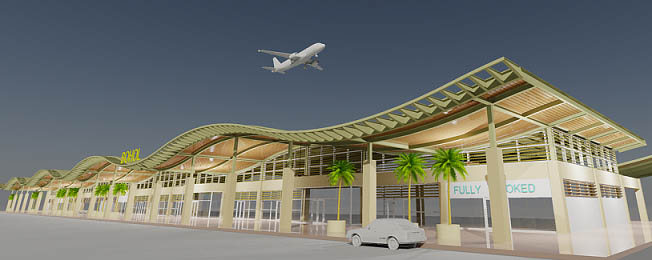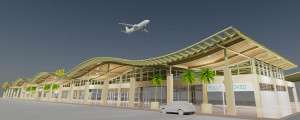

Japanese joint-venture firms Mitsubishi Corp and Chiyoda Corp will start the P7-billion New Bohol Airport project on Panglao Island in Bohol this June, with the aim of completing the project within 30 months.
The Department of Transportation and Communications (DOTC) and the winning joint venture recently conducted a ceremonial signing of the project that will be the first greenfield airport under the Aquino administration.
“Tourists in Bohol continue to grow (in number) each year that passes. Unfortunately, the current airport may not be able to accommodate the increase over time,” Transport Secretary Joseph Abaya said.
“This gives us the need to cater to the increasing number of tourists and this means modernizing and expanding the airport with a design that is of international standards,” Abaya added.
The New Bohol Airport will replace Tagbilaran Airport. The 11th busiest airport in the country, the Tagbilaran airport catered to around 789,800 passengers in 2013 despite its size of only 850 square meters. The New Bohol Airport will be 10 times bigger, with a floor area of around 8,800 square meters, boosting the annual passenger capacity to 1.7 million passengers.
In line with Bohol’s eco-tourism branding, the airport will have environmentally friendly and energy-saving features such as LED lights. In addition, only the pre-departure area will have air-conditioning that will operate on solar power, while the rest of the areas will be open.
To provide better service to passengers, the DOTC is also bidding out the operations and maintenance (O&M) of the airport. The winning bidder will take over O&M once civil works, set to start in June, is completed in 2017 or early 2018.




